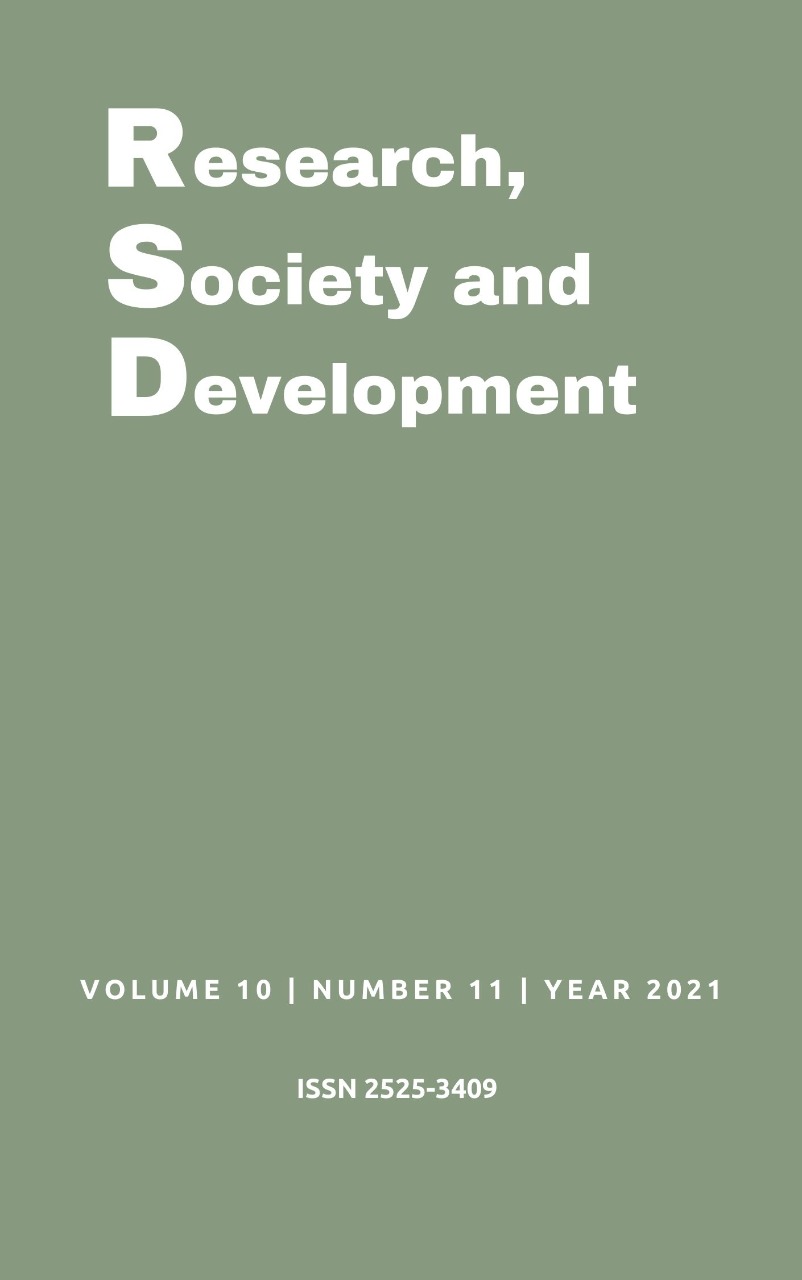Discourse on the formulation of the Jarimah of sexual violence against children in the Aceh Qanun Jinayat
DOI:
https://doi.org/10.33448/rsd-v10i11.20059Keywords:
Sexual violence, Children, Qanun jinayat.Abstract
The implementation of Islamic law in Aceh is based on the special autonomy and privileges of Aceh. The implementation of Islamic law brings the spirit of formalizing Islamic teachings through formal state regulations, namely the Aceh Qanun. Qanun Jinayat is a regulation that regulates disgraceful acts that should be punished in the teachings of Islamic law or can be referred to as a compilation of criminal law in Aceh. There are ten types of jarimah (criminal acts) regulated in the Qanun Jinayat, two of which are jarimah of sexual harassment and jarimah of rape. During the implementation of the Qanun Jinayat related to the law enforcement of the crime of sexual violence against children, both crimes of sexual harassment and rape have attracted a lot of criticism from the public, this crime is seen as no longer regulated in the Qanun Jinayat because it has been regulated previously and is more complete in the Child Protection Law. The ratio legis for regulating sexual violence against children in the Qanun Jinayat is because this act is seen as a continuation of the act of khalwat. This study shows an inaccuracy in the formulation of the type of jarimah in the Qanun Jinayat and the neglect of horizontal harmonization of national law.
References
Abubakar, A & Lubis, Z. (2019). Hukum Jinayat Aceh (Sebuah Pengantar). Jakarta: Prenamedia Group.
Al-Jurjani. (without year). Al-Ta'rifat. Jeddah: al-Haromain.
Aprilianda, N. (2017). Perlindungan Anak Korban Kekerasan Seksual Melalui Pendekatan Keadilan Restoratif. Jurnal Arena Hukum, 10 (2), 2017, 309-332.
Ashidiqqie, J. (without year). Sumber Hukum dan Metode Penafsiran Konstitusi. Makalah
Bakar, A. (2008). Naskah Akademik Rancangan Qanun Hukum Jinayat. Banda Aceh: Dinas Syariat Islam Provinsi Nanggroe Aceh Darussalam
Bakar, A. (2008). Penerapan Syariat Islam: Upaya Penyusunan Fikih dalam Negara Bangsa. Banda Aceh: Dinas Syariat Islam Provinsi Nanggroe Aceh Darussalam.
Dhuhri, S. (2017). Aceh Serambi Mekkah (Studi tentang Peran Ibadah Haji dalam Pengembangan Peradaban Aceh). Jurnal Ilmiah Islam Futura, 16 (2), 188-195.
Ibrahim, J. (2008). Teori dan Metodologi Penelitian Hukum Normatif. Malang: Bayumedia Publishing.
Klappstein, V & Dybowski, M. (2018). Ratio Legis Philosophical and Theoretical Perspectives. Germany: Faculty of Law University of Passau Passau.
Kordi, M. (2015). Durhaka Kepada Anak (Refleksi Mengenai Hak & Perlindungan Anak). Yogyakarta: Pustaka Baru Press.
Lubis, Z & Ritongа, H. (2016). Dаsаr-Dаsаr Hukum Аcаrа Jinаyаh. Jаkаrtа: Prenаmediа Group.
Marsum. (1988). Jinayat (Hukum Pidana Islam). Yogyakarta: Perpustakaan FH UII.
Marzuki, P. (2005). Penelitian Hukum. Jakarta: Prenada Media, hal 96-97.
Nasution, B.J. (2008). Metode Penelitian Ilmu Hukum. Bandung: Mandar Maju.
Nur, M. (2016). Mengenai Hukum Pidana Ideal Kemaslahatan Pidana Islam dan Pembaharuan Hukum Pidana Nasional. Yogyakarta: Deepublish.
Poesoko, H. (2013). Modul Mata Kuliah Metode Penelitian Hukum. Jember: Fakultas Hukum Universitas Jember.
Saleh. (2008). Kajian Fiqh Nawawi dan Fiqh Kontemporer. Jakarta: Rajagrafindo Persada.
Soekanto, S. & Mamudji, S. (2013). Penelitian Hukum Normatif: Suatu Tinjauan Singkat. Jakarta: RajaGrafindo Persada.
Zeidan, A. (2000). Nadzraa fi al Syari’ah al Islamiyyah. Lebanon: Muassasah Ar Resalah.
Аrief, B.N. (2017). Bungа Rаmpаi Kebijаkаn Hukum Pidаnа: Perkembаngаn Penyusunаn Konsep KUHP Bаru. Jakarta: Kencana.
Downloads
Published
Issue
Section
License
Copyright (c) 2021 Liza Agnesta Krisna; I Nyoman Nurjaya; Prija Djatmika; Nurini Aprilianda

This work is licensed under a Creative Commons Attribution 4.0 International License.
Authors who publish with this journal agree to the following terms:
1) Authors retain copyright and grant the journal right of first publication with the work simultaneously licensed under a Creative Commons Attribution License that allows others to share the work with an acknowledgement of the work's authorship and initial publication in this journal.
2) Authors are able to enter into separate, additional contractual arrangements for the non-exclusive distribution of the journal's published version of the work (e.g., post it to an institutional repository or publish it in a book), with an acknowledgement of its initial publication in this journal.
3) Authors are permitted and encouraged to post their work online (e.g., in institutional repositories or on their website) prior to and during the submission process, as it can lead to productive exchanges, as well as earlier and greater citation of published work.


